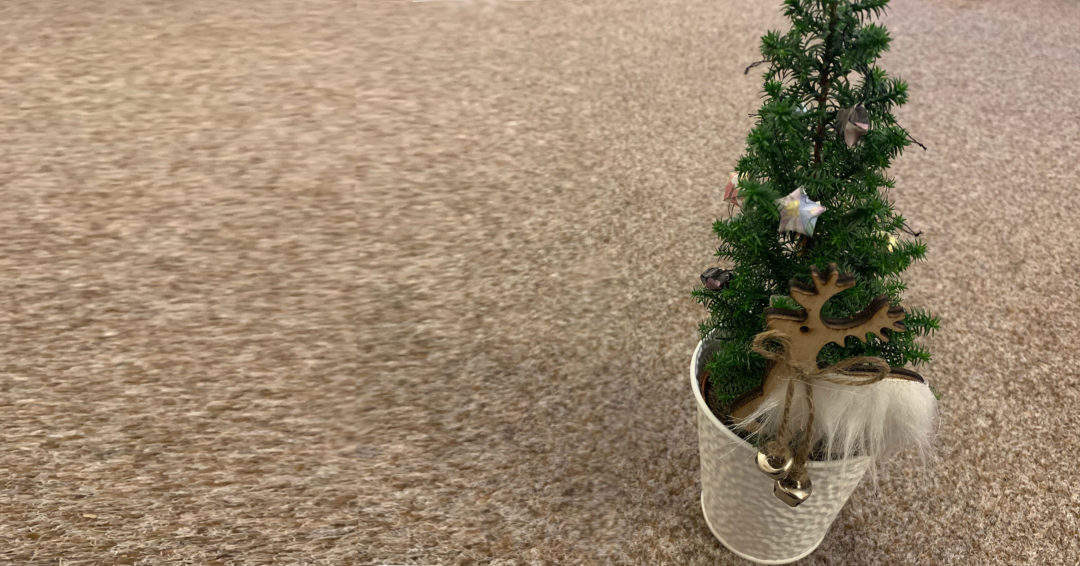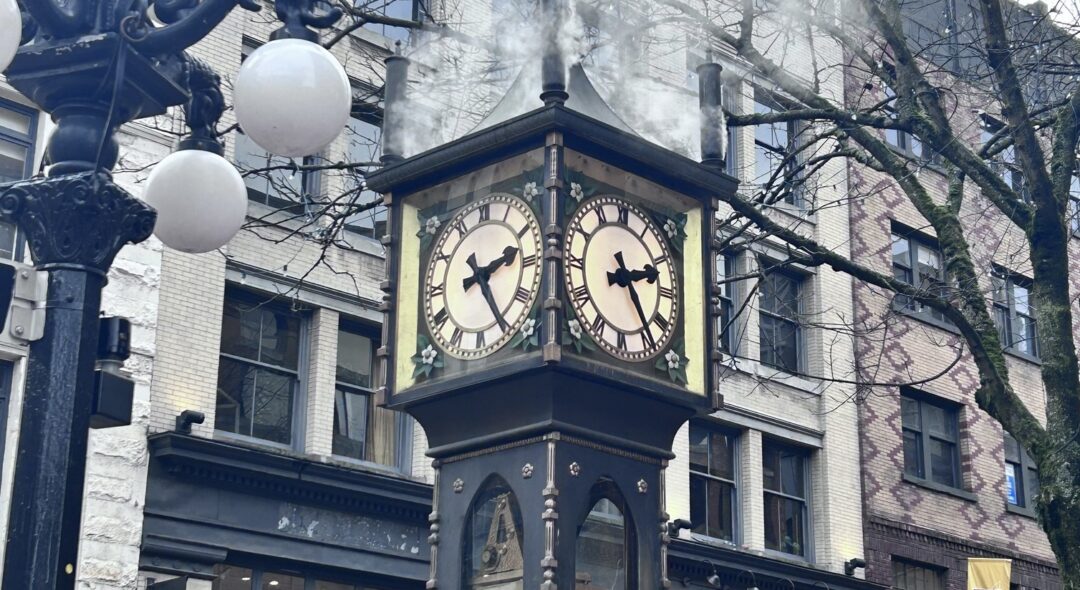Imagine you’re a bank in 2005. A person walks in and wants to buy a house. They don’t have a big down payment. Their income is modest. No problem—you issue them a mortgage anyway. Why? Because in that era, it wasn’t about whether they could actually repay the loan—it was about how fast you could sell that loan and make money.
Welcome to the world of mortgage finance before the crash.
The Magic of Money Creation
Banks operate under what’s called fractional reserve banking. This means they only need to keep a small portion of their deposits in reserve—just a few percent. The rest? They can lend out.
So when a bank issued a mortgage in 2005, it wasn’t necessarily handing over money it already had. It was creating money, out of thin air, through lending. The homebuyer now had funds to buy a house, and that money was instantly injected into the housing market.
But the real kicker? The bank didn’t plan to keep that loan for long.
Enter Fannie Mae and Freddie Mac
Fannie Mae and Freddie Mac are government-sponsored enterprises (GSEs). Their job was to buy mortgages from banks, bundle them into mortgage-backed securities (MBS), and sell them to investors.
So after issuing the mortgage, the bank would quickly sell it to Fannie or Freddie, get paid in full, and move on to writing the next loan. The risk of the homeowner defaulting? That was now someone else’s problem.
This system gave banks a massive incentive to issue as many loans as possible—even to people with shaky credit or minimal income documentation. These were the infamous subprime loans.
Why Interest Rates Were So Low
Because banks were just passing the risk along, they weren’t worried about long-term returns or defaults. They just wanted volume. And the easiest way to get volume? Lower the interest rates, drop the requirements, and offer irresistible deals: no down payment, low teaser rates, and quick approvals.
Everyone Got Paid—Until It Collapsed
- Banks made money from origination fees.
- Fannie and Freddie made money by selling mortgage-backed securities.
- Wall Street made money by slicing and dicing those securities into complex products like CDOs.
- Investors got “high returns” on what they thought were safe assets.
- Credit rating agencies gave AAA ratings to toxic bundles to keep everyone happy.
But when housing prices stopped rising and borrowers started defaulting, the whole system unraveled. Those securities that everyone thought were safe? Turns out, they were built on a foundation of shaky loans and false assumptions.
The Aftermath
In 2008, Fannie Mae and Freddie Mac were taken over by the government. Major financial institutions collapsed. And the world learned a brutal lesson about what happens when you turn lending into a game of pass-the-risk.
Bottom Line:
In the early 2000s, banks weren’t just lenders—they were money creators, middlemen, and sales machines. And the faster they moved mortgages off their books, the more money they made. The system rewarded speed, not safety—and that’s how the housing bubble turned into a global financial crisis.
Discover more from Brin Wilson...
Subscribe to get the latest posts sent to your email.



